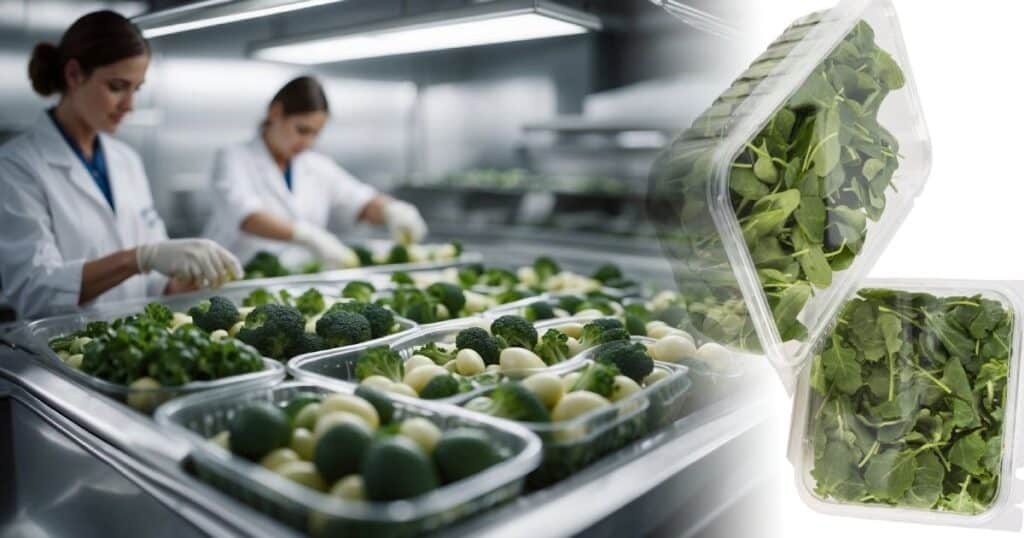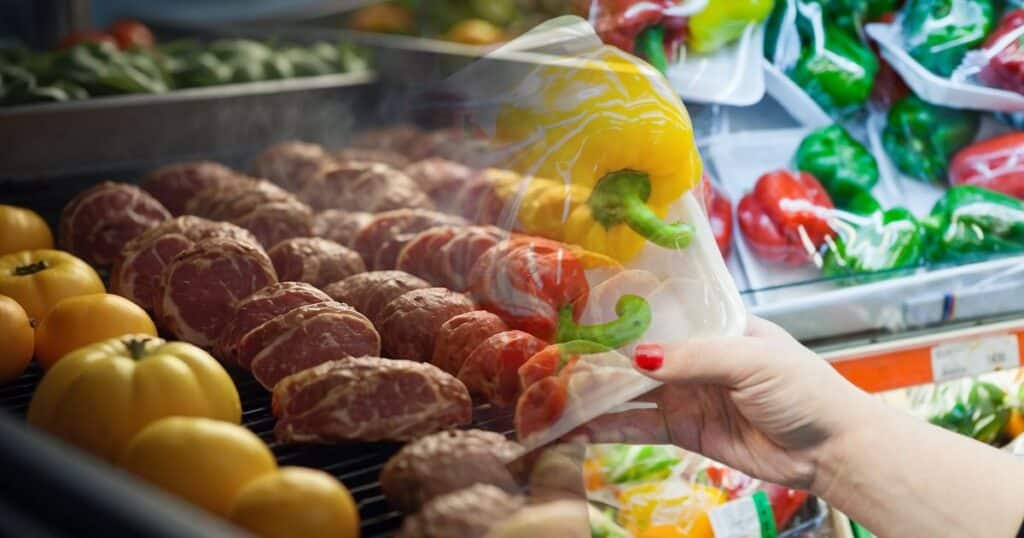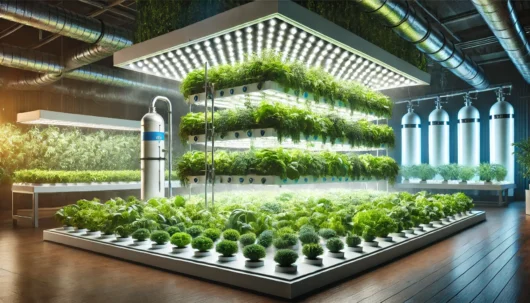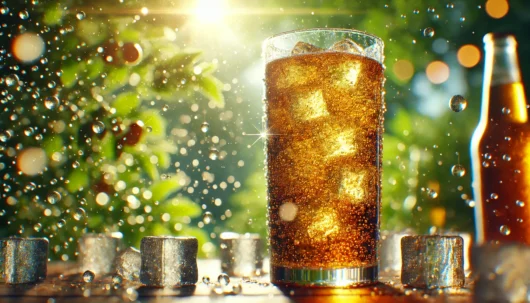Oxygen plays a critical role in food production, a fact that you might not consider when you enjoy your daily meals. In aquaculture, water oxygenation is essential for the health and growth of fish and other aquatic organisms. The level of dissolved oxygen in water can directly affect growth rates and production efficiency, making it a critical factor for successful aquaculture operations. Similarly, in hydroponics, where plants grow without soil, oxygen is a vital element that supports the root systems and overall plant health, contributing to higher yield and better quality produce.
Careful management of oxygen levels is also essential in preserving and packaging food. With the right amount of oxygen, the shelf life of products can be extended, and the growth of aerobic bacteria can be controlled, ensuring the safety and freshness of packed foods. Nonetheless, excessive oxygen can lead to the degradation of specific food components, affecting taste, color, and nutritional value. Understanding the complex relationship between oxygen and food biochemistry is crucial for maintaining food quality from production to packaging.
Key Takeaways
- Oxygen is vital for the health and efficiency of both aquaculture and hydroponics.
- Correct oxygenation can extend the shelf life of food and maintain its quality.
- Balancing oxygen levels is crucial to prevent food degradation and preserve its nutrients.
Oxygen’s Role in Food Preservation and Packaging

Oxygen is pivotal in food preservation and packaging, influencing food quality and shelf life. Your understanding of how oxygen interacts with food products is crucial for enhancing safety and extending the timeframe in which food remains fresh and acceptable for consumption.
Impact on Food Quality and Shelf Life
Oxygen can significantly affect food quality through oxidation processes. In the case of meat, oxygen exposure can lead to lipid oxidation, affecting flavor and color. Enzymatic activity, which requires oxygen, can result in spoilage as well. Conversely, reducing oxygen levels around food through packaging can thwart these reactions, prolonging the shelf life of food products.
Meat and poultry: Oxygen promotes the desired red color in meat but can also cause spoilage. Lipids: They are especially prone to oxidation, leading to rancidity and off-flavors in foods like nuts and chips. Enzymes: These can cause off-flavors and textural changes; for example, fruit oxidation leads to browning.
Innovations in Modified Atmosphere Packaging
The food industry has embraced Modified Atmosphere Packaging (MAP), which adjusts the proportions of gases such as oxygen, CO2, and nitrogen within food packaging to inhibit degradation. By carefully controlling these levels, MAP can optimize food preservation, maintaining safety, texture, and taste.
Intelligent packaging: Incorporates indicators that show oxygen level, ensuring food safety. Palladium*: Often used as a catalyst in oxygen scavenging systems within MAP, enhancing food preservation efforts.
Oxygen Absorbers and Scavengers in Food Storage
Oxygen absorbers and scavengers are critical to preserving food shelf life and customer acceptability. Removing dissolved oxygen from the packaging, these tools help to maintain color, texture, and aroma and inhibit microbial growth in various food products.
Vacuum packaging: Removes air from the package, thus reducing oxygen levels to maintain food quality. CO2: Used to replace oxygen in MAP, it helps to retard spoilage and inhibit bacterial growth.
In aquaculture and hydroponics, oxygen underpins aquatic life’s and plants’ health, leading to efficient food production and high food quality. An adequate supply of oxygen in water ensures optimal growth and metabolic rates in fish farming, which translates to a better-quality product for you. Similarly, hydroponically grown vegetables require a well-oxygenated root environment to prevent root diseases and support robust growth.
Effects of Oxygen on Food Biochemistry

In food production, oxygen plays a dual role, both as a life-sustaining element and a factor that can lead to the oxidative degradation of food components. Understanding this impact is crucial for ensuring food quality and prolonging shelf life.
Oxygen Interaction with Food Components
Oxygen can react with various food constituents, changing flavor, color, and nutritional value. For instance, lipid oxidation can occur when oxygen comes into contact with lipids in foods like fish or cheese. This process not only deteriorates the quality of fats and oils, leading to rancid flavors, but it can also reduce the content of fat-soluble vitamins. The presence of iron and copper ions can further accelerate this oxidation.
In bakery products, oxygen plays a key role in fermentation, as yeast requires oxygen to thrive and produce carbon dioxide, which helps the dough to rise. However, too much exposure to oxygen during storage can lead to staling and the loss of desirable texture and flavor. Preservatives such as ascorbic acid are often used to control the rate of these oxidative changes.
Biological Responses to Oxygen in Food Production
In aquaculture, oxygen is vital for maintaining fish’s health and growth rate, as their respiration in water directly relies on dissolved oxygen. Well-oxygenated waters lead to more efficient aquaculture systems and provide better conditions that typically produce higher-quality produce.
In hydroponics, a method of growing plants without soil, oxygen is crucial for root development and nutrient uptake. Adequate oxygen levels in the nutrient solution enable the roots to absorb more nutrients and enhance plant growth, leading to higher yield and more nutritious vegetables and herbs.
Balancing oxygen levels is a delicate act; insufficient oxygen can lead to the buildup of unwanted compounds like hydrogen sulfide or ethanol, which are byproducts of anaerobic respiration and can affect the taste and safety of food products. Alternatively, advanced use of oxygen coupled with chitosan, a natural biocontrol agent, can help extend the shelf life and maintain the quality of fresh fruits by limiting microbial growth.
Therefore, meticulous oxygen management in food production systems impacts the efficiency of these systems and the quality of the food you consume.
Frequently Asked Questions
This section answers common questions about oxygen’s impact on food preservation, storage, and safety.
What roles does oxygen play in the preservation and quality of food?
Oxygen is integral in food applications, particularly regarding preservation and quality. It can cause food spoilage through oxidation, but controlled use can benefit by delaying spoilage and maintaining freshness. For example, in aquaculture, the proper amount of dissolved oxygen in water is essential for maintaining the health and quality of farmed seafood.
How can the inclusion of oxygen absorbers enhance food storage?
Including oxygen absorbers in food and packaging can significantly extend the shelf life by removing oxygen that can cause deterioration and spoilage. This is particularly important for long-term storage, where product quality is vital.
Are there any risks associated with consuming an oxygen absorber in food packaging?
Consuming an oxygen absorber from food packaging is not recommended. Though they are generally non-toxic, they are not intended for ingestion and can pose a choking hazard or cause discomfort if swallowed.
What substances are commonly used to create oxygen absorbers for food preservation?
Common substances used in oxygen absorbers include iron powder and salts, which react with oxygen, effectively reducing its presence in packaging and helping preserve food products’ safety and quality.
How does exposure to oxygen typically affect food products’ shelf life and safety?
Exposure to oxygen often accelerates the oxidative processes that lead to spoilage, rancidity, and the loss of nutritional quality in food products. Reducing oxygen contact can help maintain freshness, taste, and nutritional value for extended periods.
What are the most effective methods for protecting food from oxidation during production and storage?
Effective methods to protect food from oxidation include vacuum packaging, using oxygen-impermeable materials, and incorporating antioxidants. Managing oxygen levels in production systems like hydroponics is crucial for plant health, impacting food quality and yield.


